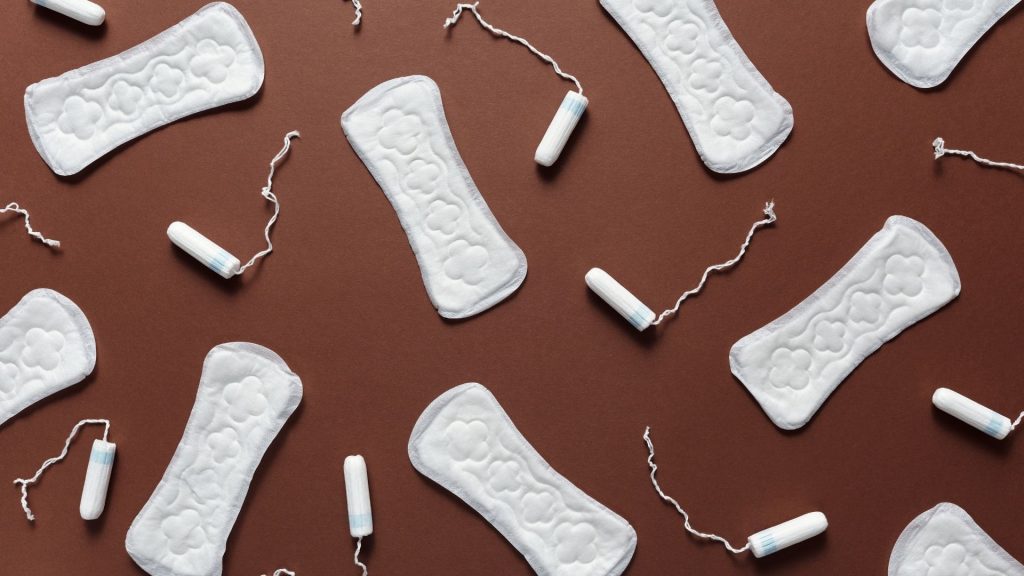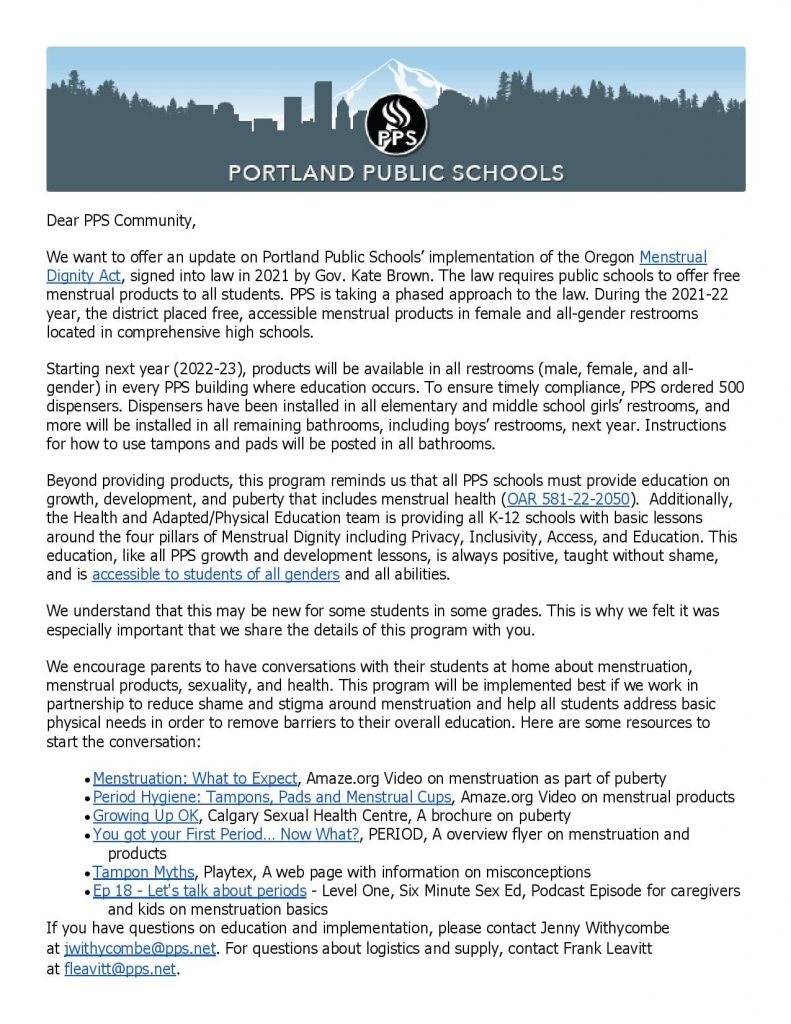Breaking: See Portland’s Plan To Put Tampons In Elementary Boys’ Restrooms
The PPS district announced plans to place menstrual products inside all school bathrooms, including Portland elementary boys' restrooms.

Gender identity, transgender rights, and sexuality. Not only have these three topics erupted in a culture war throughout the nation, but they also are being targeted at the school level. While some states like Florida look to ban those discussions from elementary schools, Oregon elementary children are being encouraged to have those discussions. In a letter sent out to parents of kids who attend Portland Public Schools (PPS), the district announced plans to put tampons in all restrooms, including all boys and elementary facilities.

The letter was sent out in accordance with a recently approved law known as the Oregon Menstrual Dignity Act. PPS mentioned that already this year, schools have placed menstrual products in both female and “all-gender” bathrooms in high schools. But with their phase approach to adhere to the new regulation, the district announced it will place the products in all bathrooms, including boy’s restrooms, and those in Portland elementary schools next year.
The letter also made mention that the district purchased 500 dispenser units to accommodate the new menstrual act. Given that these products range anywhere from $300 to $400 a machine, that endeavor was likely costly. Furthermore, the district accompanied the announcement with a reminder of the schools’ liberal approach to sexual education. Asking parents to jointly have discussions with students about menstruation and sexuality at home, the letter mentions how the district teaches the four pillars of menstrual dignity. This cornerstone teaches students, even in Portland elementary schools, about privacy, inclusivity, access, and education in regard to menstrual health.

Under the provision that led to the announcement regarding Portland elementary school’s plan to place tampons inside girls’ and boys’ bathrooms, the controversial law was passed earlier this year in an effort to give all students in Oregon access to free menstrual products. Sensing a need for the act, sponsors cited that throughout the United States, 1 out of 5 students struggle to afford menstrual products. Similarly, the act hopes to end a long-standing stigma regarding menstruation, and the notion that it is a taboo subject to speak openly about.
Even if most can agree that making menstrual products easily attainable to those in school is likely the right thing to do, the fact that Portland elementary schools are also included in the efforts might leave some scratching their heads. Some might argue that elementary students have no need for menstrual products. However, everyone gets their period at different times, with some children getting them as young as eight. Many elementary schools in the district enroll students up to fifth grade, when students are usually ten years old.

Furthermore, the announcement is likely to outrage supporters of anti-trans legislation. Many states are now banning transgender students from using a bathroom other than in accordance with their birth sex, but liberal states like Oregon not only welcome it, but they accommodate transgender students’ potential needs as well. In Oregon, it is possible that students at the Portland elementary level might already be transitioning, as the law allows for parents to administer puberty blockers and various hormones related to sex changes without an age restriction.
It’s very controversial, and it will likely be met with harsh criticism from many. But regardless of the communities thoughts, Portland elementary children will all receive various menstrual products in their bathrooms, including in the boy’s rooms. Whether or not these products will help, make a difference, or will just be used in student pranks, is yet to be seen.



